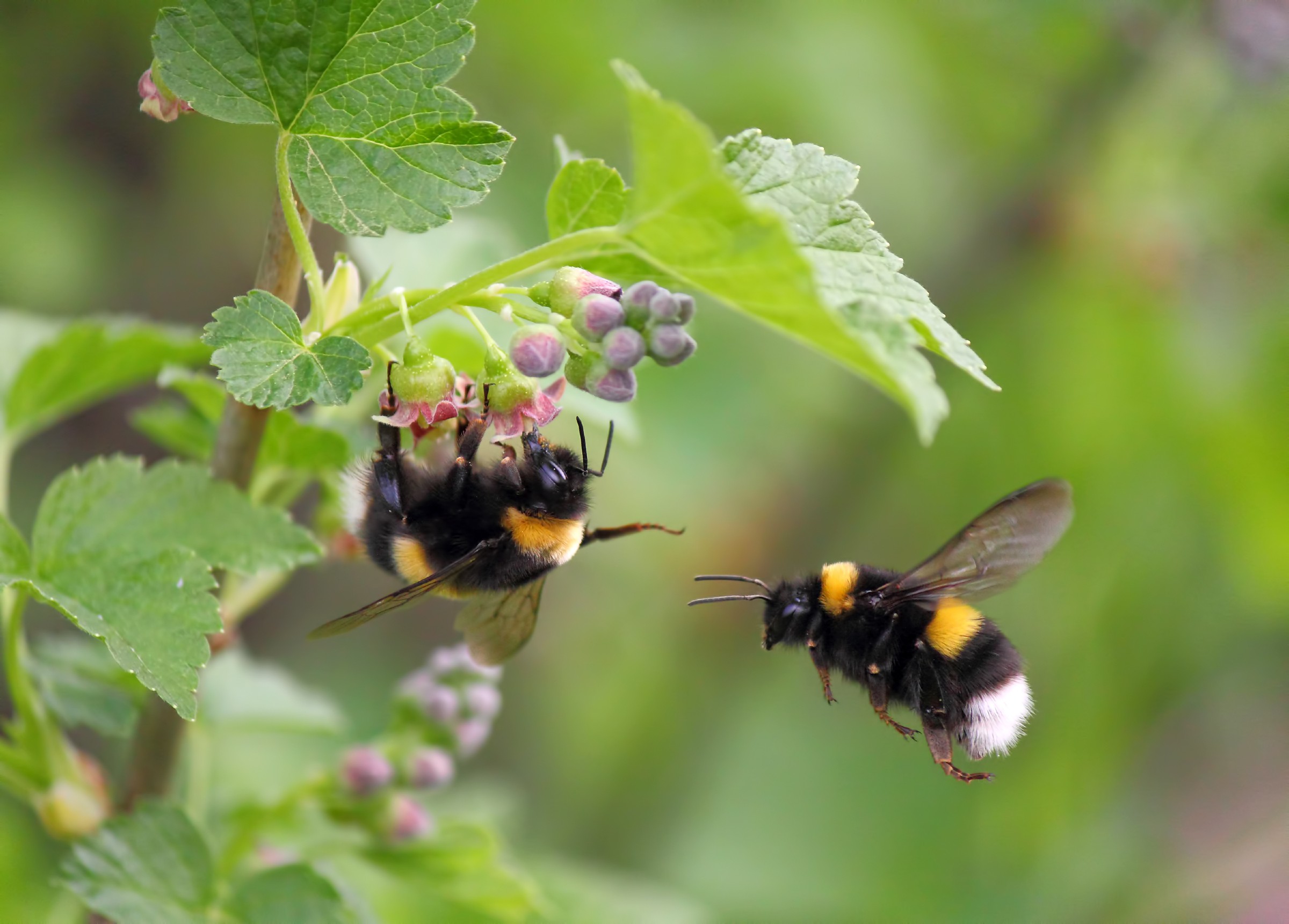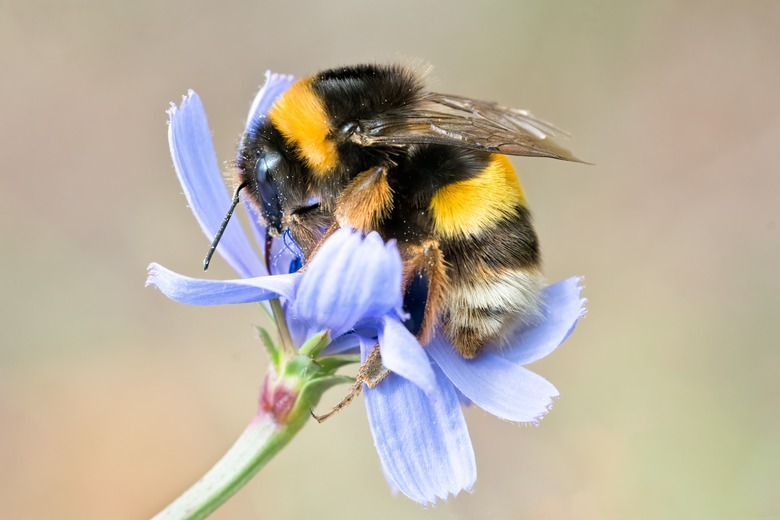Researchers Reveal Major Factor In Bumblebee Decline, And It's Exactly What You'd Think
Bumblebees are on the decline. This isn't exactly a revelation, and without bees to help pollinate plants, the world will suffer. Now, though, researchers say they've found a major new factor in the bumblebee decline, and of course, it is tied to climate change.
New research on the matter has been published in the journal Frontiers in Bee Science, and the data there suggests that a major factor in the ongoing decline of these important pollinators is due to climate change, something scientists are still trying to reverse.
More specifically, it's due to how climate change continues to cause rising temperatures in the actual bumblebee nests, causing them to die. We already knew that pesticides and urban development were factors in the bumblebee decline, but to learn that many nests are actually overheating is terrifying news because there isn't any way to quickly cut down rising temperatures.

The culprit, the researchers say, comes down to nests rising above 35 degrees Celsius, which causes the heat to become lethal to the bumblebees inside. These creatures can usually survive temperatures up to 36 degrees Celsius, with the ability to thermoregulate to help stave off heat.
However, the ongoing bumblebee decline is likely caused because of rising temperatures, which have made it impossible for the bees to keep their nests between the ideal temperatures of 28 and 32 degrees Celsius, causing many to reach fatal heat levels at just 35 degrees Celsius, Newsweek reports.
Sure, individual bees might be able to handle the heat better, but the nests themselves become overheated, causing the colony to suffer. If that happens, the colony will be unable to thrive, and excessively high temperatures could even kill off important members of the colony, further hurting the hive.
Since bees rely on collective survival, any deaths are a strain on the hive, and when heat levels hit the levels we've seen recently, that strain is increased as more bees start to suffer from the excessive heat levels because of the nest's increased heat levels.
